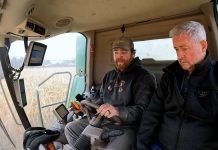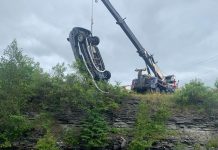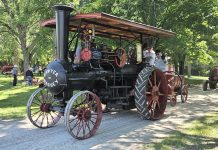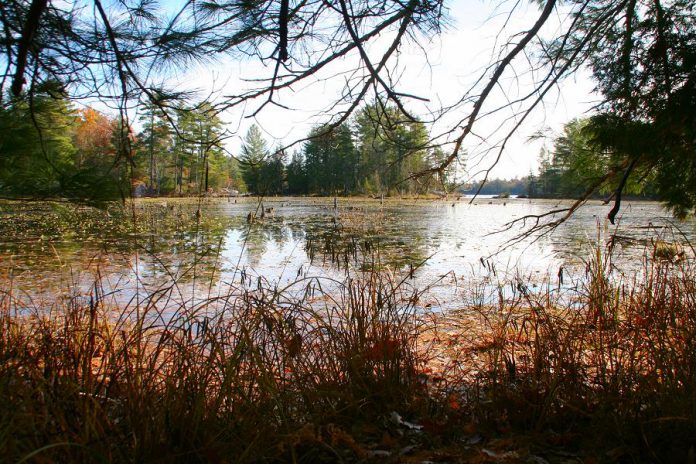
Do you love wetlands? You might be surprised how much you appreciate wetlands without even realizing it.
The concept of getting gifts and giving back is top of mind this time of year. Let’s consider a few of the gifts that wetlands give us.
Scientists and politicians often refer to what wetlands can do for us as “ecosystem services” or “ecosystem functions.” These words put the diversity of ecosystem processes into terms that will resonate with people.
For example, the estimated cash value of wetlands ranges from about $14,200 per hectare per year in the Greenbelt to as much as $161,000 per hectare per year in urban and suburban Ontario.
Thinking only about the cash value of a gift, however, can miss the point. Dr. Robin Kimmerer, an ecologist and Indigenous (Citizen Potawatomi Nation) scholar, recently gave a speech about this, asking us to think of what the land gives us as gifts rather than only thinking about the land in terms of the services or functions it provides to our economy.
“Much of the society in which we live speaks of these everyday miracles as natural resources, as if they were our property just waiting to be transformed,” Kimmerer said. “In the ecological sciences we sometimes also call these ecosystem services, as if they were these outcomes of the ecological machine.”
“But to traditional peoples, and to me and all of us as human people with a basket full of berries, they feel like gifts from other species that surround us.”
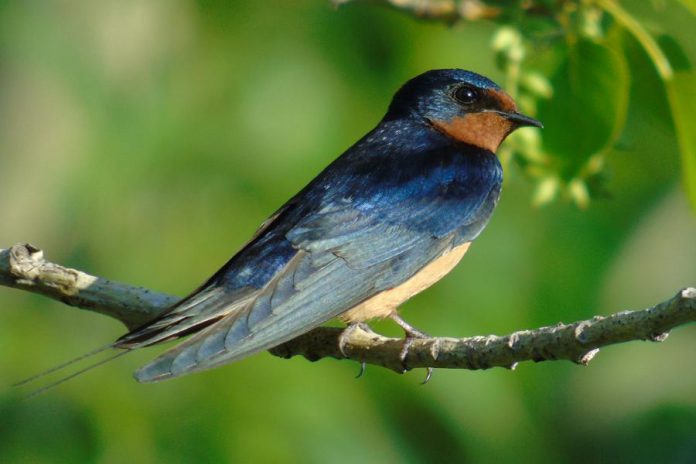
With this perspective in mind, let’s take a moment to acknowledge the gifts that wetlands give us.
Hundreds of species of birds rely on wetlands. In turn, we enjoy bird watching and listening to their beautiful songs. Maybe you associate the arrival of spring with the songs of red-winged blackbirds from nearby wetlands. They also provide homes to turtles, snakes, frogs, and fish.
Wetlands serve as frontline workers for the entire planet in the fight against climate change when they trap carbon and lock it lock away in their soils.
Wetlands also give the gift of reduced flood damage. In the last decade, flooding has become the costliest extreme weather disaster affecting Canadians. Residents of Peterborough may remember the flood of July 15, 2004, when 150 mm of rain fell in just a few hours. That flood caused $95 million in insured losses.
Across Canada, property and casualty insurance payouts are skyrocketing — these payouts exceed $1 billion a year in 11 of the last 12 years, with most of the increase attributed to water-related losses.
Flood damage has direct financial consequences for Ontario taxpayers: higher municipal insurance rates, higher home insurance premiums, devaluation of housing, higher mortgage delinquencies, and more class-action lawsuits due to flood risks and property devaluation.
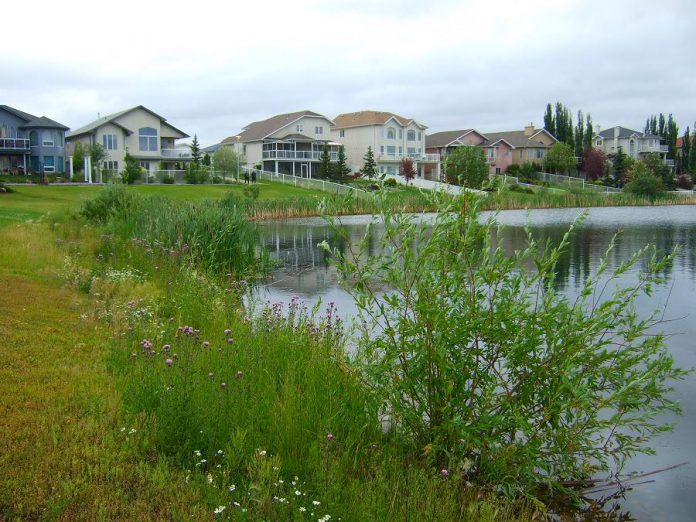
Wetlands reduce the magnitude and speed of flooding. They store surface water, decrease over land flow, and enhance infiltration and evaporation.
In rural and urban areas, intact wetlands reduce the damage of flooding and can save 29 to 38 per cent of associated costs. Preserving wetlands in our neighbourhoods is an extremely cost-effective way to ensure we do not experience flooding that affects our livelihoods.
Another gift wetlands give us is drinking water. Wetlands help replenish aquifers, essential to the 30 per cent of Canadians who rely on groundwater for their drinking water. Paving over or draining wetlands can lead to water insecurity, especially in rural areas where reliance on wells is more common.
Wetlands also purify water. They filter out pesticides and other harmful contaminants that run off streets, industrial parks, and farm fields. Wetlands reduce the burden on drinking water treatment plants.
According to the Ontario environment minister’s 2019 annual report on drinking water, 80 per cent of Ontarians are serviced by municipal water sources — representing one of the largest costs for municipalities. A portion of the cost of water treatment is passed on to the consumer, with the average Ontario household paying $800 a year in water and wastewater charges.
We also support these water treatment services through tax dollars. Ontario has provided over $660 million in upgrades to municipal wastewater and stormwater infrastructure in the Great Lakes Basin since 2006.

In 2020, another $200 million in federal and provincial funding is committed to priority water, wastewater, and stormwater projects under the Green Stream of the Investing In Canada Infrastructure Program. These costs would undoubtedly be higher without the gifts of hard-working wetlands.
Even wounded, wetlands remain generous. Wetlands strained by invasive plants and flushed with polluted waters continue to support us. Once drained or paved over, those gifts are lost and we must turn to costly restoration or rely on expensive built infrastructure to protect us and our drinking water.
Despite their value, development has already erased more than 70 per cent of the wetlands across southern Ontario.

This loss is usually framed as the cost of doing business in a worldview that pits the environment against the economy.
Environmental economists warn us that this pervasive myth is false. There is no economy without the environment.
We nod — recognizing the bare truth of this in our dependence on clean air, fertile soil, and potable water — yet still we struggle to reconcile the importance of wetlands with the pressures of development.
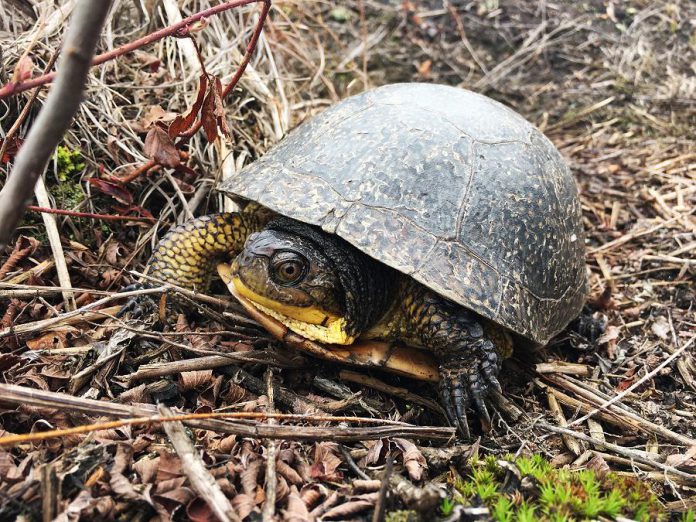
So how can you give thanks for the gifts of wetlands?
Share your appreciation with friends and family. Shift discussions away from a false struggle between the economy and the environment. Instead, focus on the facts that show how much we rely on wetlands.
This is the first step in protecting wetlands. We create safe, happy, and sustainable communities when we find ways to value the land and the gifts it provides.



